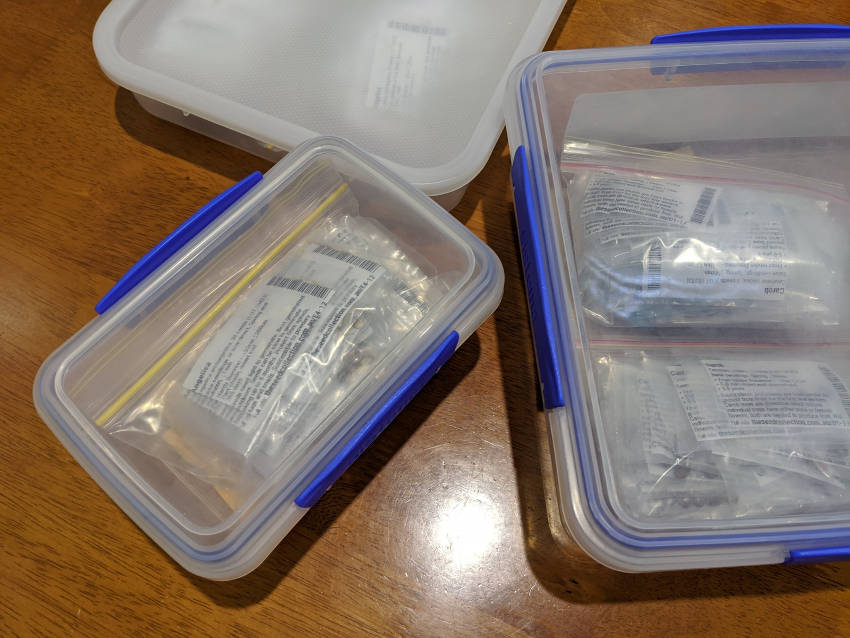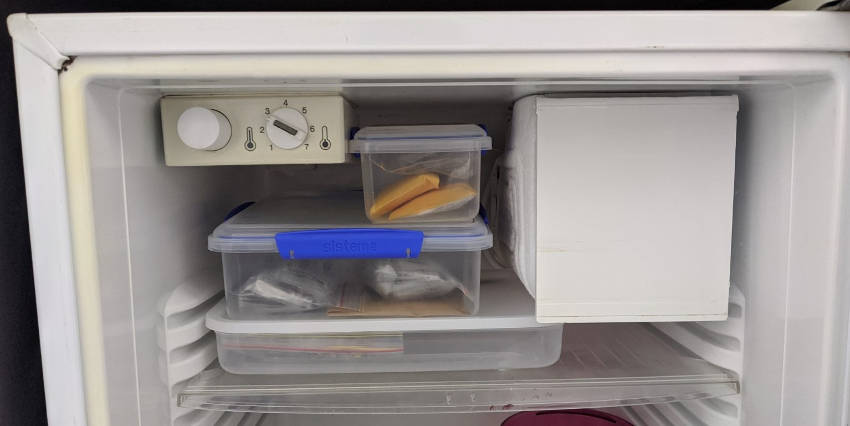Once you have received your seeds, if you are not going to sow them all immediately then you need to think about how best to store them to maintain optimal viability.
There are multiple factors that can affect your seed germination rates, though in general as seeds age their viability decreases steadily over time.
Most seeds will be viable for at least twelve months from harvest if stored in a cool dark location. Whilst all seeds have a finite lifespan, some seed varieties will remain viable much longer than others.
Seeds with the shortest lifespan (1-2 years) include:
- Angelica
- Caraway
- Chives
- Corn
- Fennel
- Leek
- Okra
- Onion
- Parsley
- Parsnip
- Perilla
- Rhubarb
- Salsify
Seeds with a medium lifespan (3-4 years) include:
- Alfalfa
- Artichoke
- Asparagus
- Basil
- Bean
- Beet
- Brassica
- Carrots
- Chard
- Dill
- Lavender
- Lemongrass
- Mustard
- Oregano
- Pea
- Pumpkin
- Sorrel
- Thyme
- Tomato
Seed varieties with longer lifespans (5+ years) include:
- Celery
- Chicory
- Cucumber
- Eggplant
- Endive
- Kale
- Lettuce
- Radish
- Rocket (Arugula)
- Rockmelon
- Strawberry
- Turnip
- Watercress
- Watermelon
Seed germination retention depends a lot on how the seeds are stored. Factors such as heat, moisture, humidity, and light can rapidly decrease seed viability.
To extend the life-span of your seeds they are best stored in sealed packets in an airtight container, such as a tupperware container or mason jar, with tightly sealed lid in your refrigerator. Add a sachet of silica or dried rice to the container to absorb any excess moisture content. Refrigerator temperature should be cold but well above freezing point.
When removing from the refrigerator, allow your seeds to come to room temperature before opening the container to prevent condensation build up and excess moisture.
Do not store seeds in a hot environment such as a tin shed or your glasshouse. Seeds left exposed to sunlight on a kitchen bench will deteriorate and lose their viability faster than those stored in a dark cool location.
Keep in mind that even seeds printed with a best before date might still be viable well past that date, or if stored poorly may lose viability before that date. Seeds are an organic product and they will naturally degrade over time. As a result, seed viability decreases continually so it is not a case of seeds being viable one day and no longer viable the next.
Consider when you are purchasing seeds how they have been stored, are they likely to have been sitting on the shelf at your local hardware store for months? Is the display rack in the shop directly above a heating vent? Is the seed packaging providing adequate protection from exposure to moisture or humidity? Seeds stored in a climate-controlled environment will have higher germination rates to begin with, than those that have been exposed to less than ideal retail conditions prior to purchase.
Whilst all seeds do have a lifespan, storing them in optimum conditions can help retain good germination rates for seed sowing success in future seasons. You should consider replacing or testing short-lived seed types every 12 months, medium lived seeds every 2 years and long-lived seeds every 5 years to get the best germination results in your veggie patch.
Of course, the best way to store seeds is to just buy what you need each season and sow as many of them as soon as possible!







